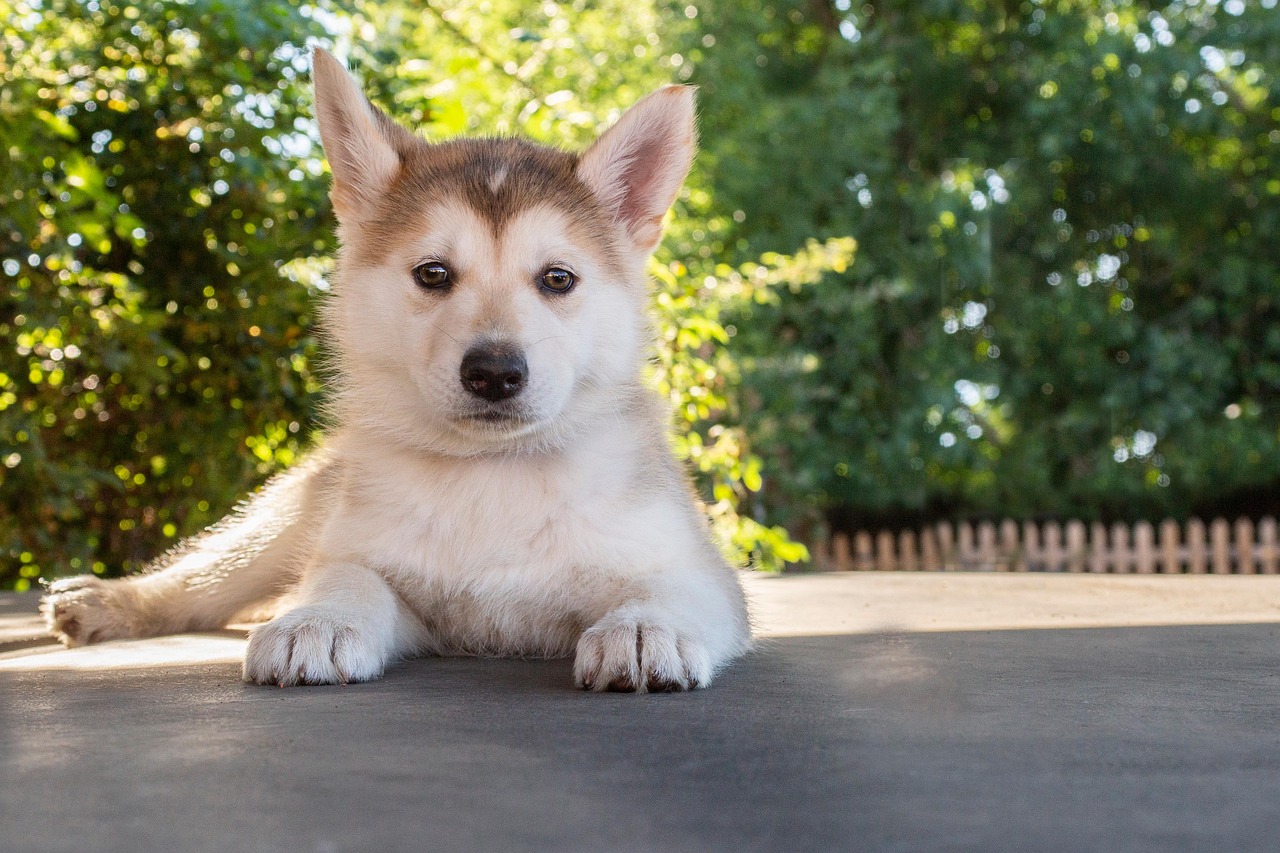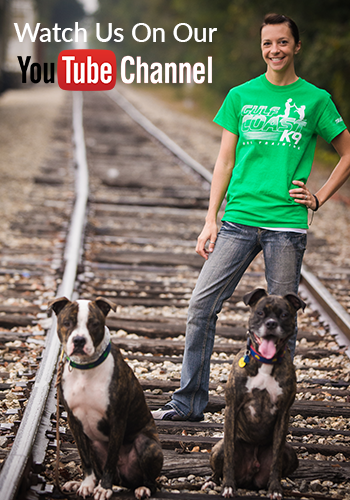Bringing home a new puppy is exciting, but it also comes with a big responsibility. From chewing on shoes to jumping on guests, your puppy is learning how to interact with the world – and your guidance now will shape their behavior for life. At Gulf Coast K9 Dog Trainers in Bradenton, we believe that early training rooted in impulse control, good manners, and basic obedience is key to raising a happy, well-behaved dog.

Let’s explore why these three areas are so important—and how to get started with your puppy’s training.
Why Impulse Control Matters
Impulse control is the foundation of all good behavior. A puppy that can manage its impulses is less likely to jump on guests, dash out the door, or snatch food off the counter. Without impulse control, even a well-meaning pup can become difficult to manage as they grow.
Teaching impulse control starts with patience and consistency. You can begin with simple exercises like:
- “Sit and wait” before feeding or going outside
- “Leave it” when your pup tries to grab something off the ground
- Ignoring jumping and only rewarding calm behavior
One of the best early impulse control lessons is to teach your puppy to sit for everything they want—treats, toys, affection, or going outside. This activity reinforces calm behavior as the default.
Teaching Good Manners
While manners might seem like a “nice to have,” they’re actually essential for your puppy’s long-term success in your home and the community. Manners help your dog become a polite companion who’s welcome around guests, in public, and even at dog-friendly businesses.
Here are a few key manners to instill early:
No jumping: Puppies jump out of excitement, but rewarding all four paws on the floor teaches them the proper way to greet people.
Polite greetings: Socialization with people and other dogs should involve calm introductions and positive reinforcement for good behavior.
No nipping or biting: Puppy mouthing is normal, but teaching bite inhibition (through redirecting to toys and using gentle corrections) is critical.
Crate training: A crate isn’t punishment—it’s a safe space. It teaches your dog to settle, be alone comfortably, and prevents destructive behavior when unsupervised.
Consistency is key. Reward the behavior you want and calmly redirect or ignore the behavior you don’t.
Basic Commands Every Puppy Should Know
Basic obedience commands give you and your dog a shared language. They’re not just party tricks—they’re essential tools for safety, focus, and daily life. At Gulf Coast K9 Dog Training, we emphasize these core commands in our puppy training programs:
- Sit: The cornerstone of calm behavior; use it before meals, playtime, and walks.
- Down: A more relaxed posture than sit; helpful in busy or overstimulating environments.
- Stay: Teaches patience and impulse control; great for doorways or busy public spaces.
- Come: Critical for recall, especially in off-leash or emergency situations.
- Leave it: Helps avoid dangerous situations (like picking up harmful items on a walk).
- Place: Teaches your puppy to go to a designated spot and relax until released.
Short, positive training sessions work best—5 to 10 minutes at a time, multiple times per day. Always end on a positive note.
How Gulf Coast K9 Can Help
Training a puppy takes time, consistency, and a lot of patience—but you don’t have to do it alone. At Gulf Coast K9 Dog Trainers in Bradenton, we specialize in puppy training programs that focus on building strong foundations through real-life obedience, impulse control, and socialization.
Whether you’re dealing with a high-energy breed or just want your dog to be the best family companion possible, we tailor our programs to meet your needs and goals. Our trainers use proven, balanced training methods that are effective, humane, and focused on long-term success.
Let’s work together to raise a confident, well-mannered dog you’ll enjoy for years to come.




